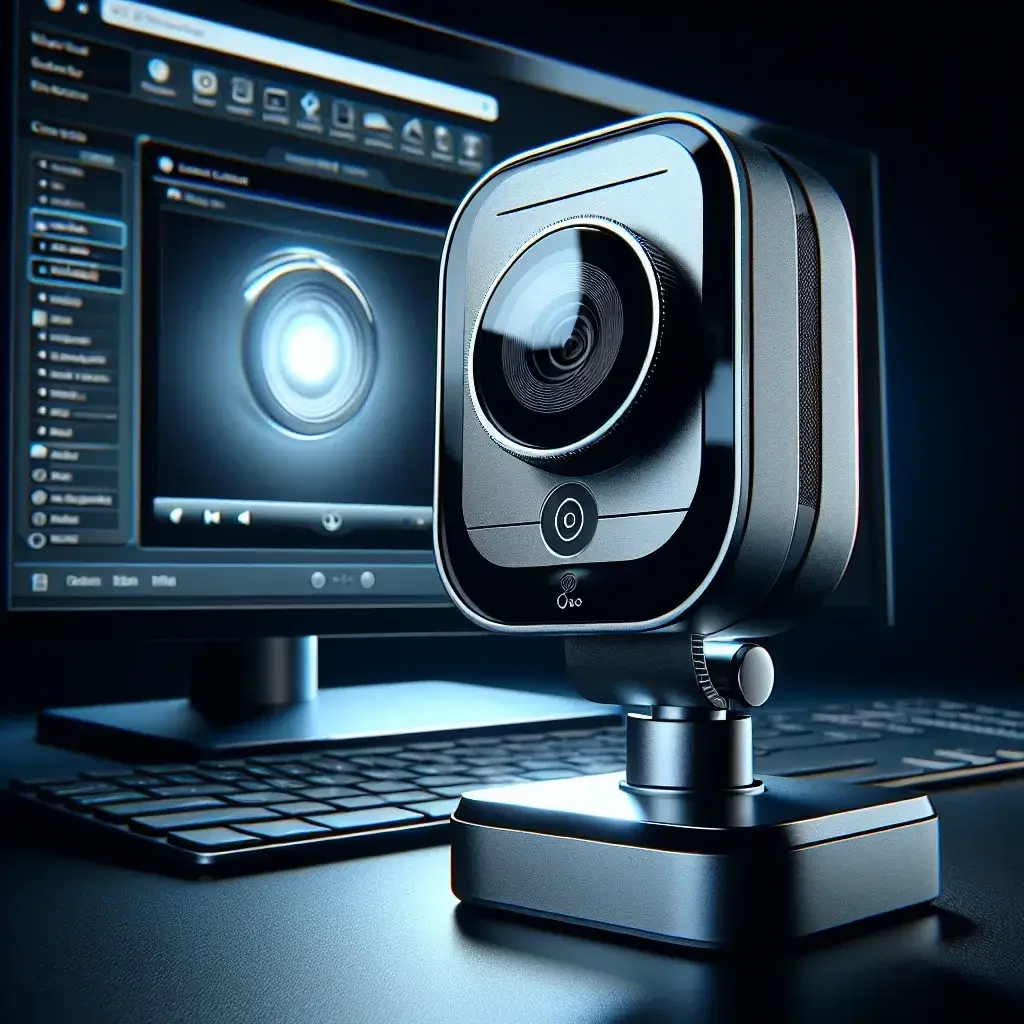In the current era of digital interaction, having a high-definition (HD) webcam is crucial for ensuring clear and professional quality video. Whether you are engaging in video calls, online meetings, or streaming, the quality of your webcam can significantly impact the overall experience. To help you make the most out of your HD webcam, here are some essential tips and techniques.
Key Factors Affecting Webcam Quality
Several factors can affect the quality of your HD webcam. The most critical ones are:
| Factors | Description |
|---|---|
| Lighting | Proper lighting enhances visibility and reduces graininess. |
| Resolution and Frame Rate | Higher resolution and frame rate offer better clarity and smooth videos. |
| Internet Connection | A stable internet connection is essential for streaming and online meetings. |
| Lens Quality | High-quality lenses provide sharper images. |
1. Optimize Lighting Conditions
Lighting plays a crucial role in determining the quality of the video output. Natural light is often the best source. Sit facing a window where natural sunlight can illuminate your face directly. If natural light isn’t an option, consider using a ring light or desk lamp to brighten up your setup. Even distribution of light can significantly reduce shadows and prevent dark spots that can detract from your video quality.
2. Adjust Webcam Settings
Most HD webcams come with software that allows you to tweak settings such as brightness, contrast, saturation, and white balance. Adjust these settings according to your environment to enhance video quality. Some webcams also offer auto-adjust features which can be particularly useful if your lighting conditions change frequently.
- Brightness: Increase or decrease to avoid overexposure or underexposure.
- Contrast: Adjust to ensure the subject stands out against the background.
- Saturation: Adjust to make colors more vibrant.
- White Balance: Ensure that colors appear natural under your lighting conditions.
3. Set the Right Resolution and Frame Rate
An HD webcam typically supports various resolutions (e.g., 720p, 1080p) and frame rates (e.g., 30fps, 60fps). For most situations, a resolution of 1080p and a frame rate of 30fps will provide a good balance of quality and smoothness. If your device and internet bandwidth support it, you may opt for 60fps for even smoother video.
4. Ensure a Stable Internet Connection
The quality of video streaming is highly dependent on your internet connection. A laggy or choppy video can ruin the viewing experience. Aim for a minimum upload speed of at least 5 Mbps for smooth HD video streaming. Using a wired Ethernet connection instead of Wi-Fi can further enhance stability.
5. Position Your Webcam Correctly
Ensure your webcam is at eye level to create a more direct and engaging appearance. This way, it appears as though you’re looking directly at the person you’re talking to. Avoid positioning the camera too high or too low as it can create awkward angles and a distorted view.
6. Use High-Quality Accessories
Investing in a high-quality microphone and backdrop can also contribute to the overall video quality. A good microphone ensures clear audio, which is just as important as visual quality in maintaining effective communication.
- External Microphone: Provides superior sound quality compared to built-in microphones.
- Backdrop: A clean and neutral backdrop helps keep the focus on you.
Additional Tips for Maintaining HD Webcam Quality
Here are some additional tips to ensure your HD webcam continues to provide top-notch video quality:
- Regular Cleaning: Clean your webcam’s lens regularly with a soft cloth to prevent dust and smudges from affecting video clarity.
- Software Updates: Keep your webcam software and drivers up to date to benefit from the latest enhancements and fixes.
- Avoid Background Noise: Choose a quiet environment for your video calls to minimize background noise and distractions.
- Test Before Use: Always test your webcam before important calls or streams to ensure everything is functioning correctly.
Common Webcam Issues and Solutions
Even with the best settings and equipment, you may encounter some common issues. Here’s how to troubleshoot them:
Blurry Video
- Ensure the lens is clean.
- Check for proper focus settings.
- Improve lighting conditions.
Lagging or Freezing
- Check your internet connection.
- Close background applications that may be using bandwidth.
- Ensure your computer meets the webcam’s system requirements.
Audio and Video Out of Sync
- Restart your computer and webcam.
- Update your webcam software.
- Check your internet connection and try lowering the video resolution.
Conclusion
Ensuring that your HD webcam provides the best picture quality requires attention to multiple factors including lighting, settings, positioning, and accessories. By following the detailed tips and recommendations provided, you can greatly enhance the quality of your video calls, streams, and recordings.

